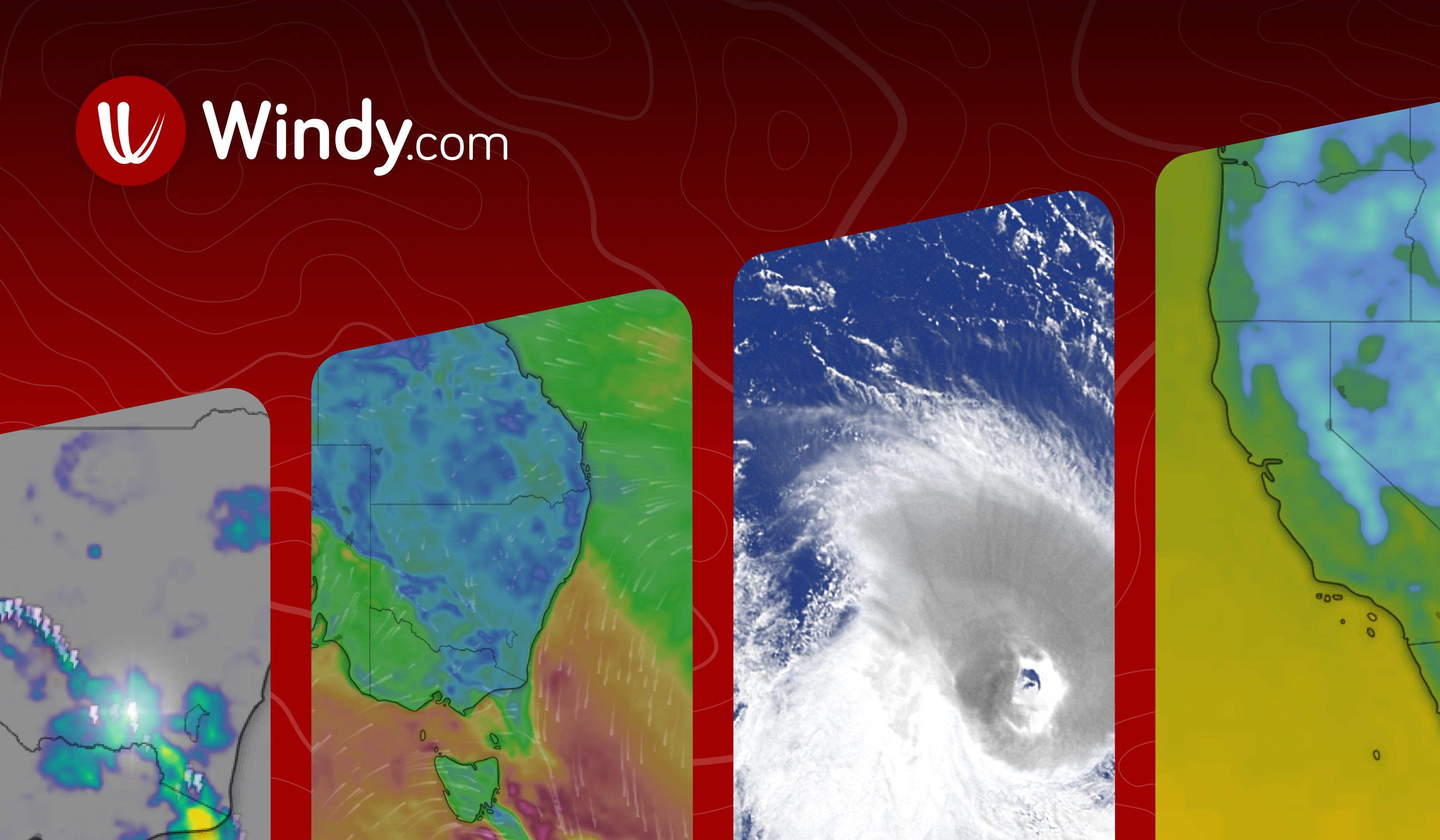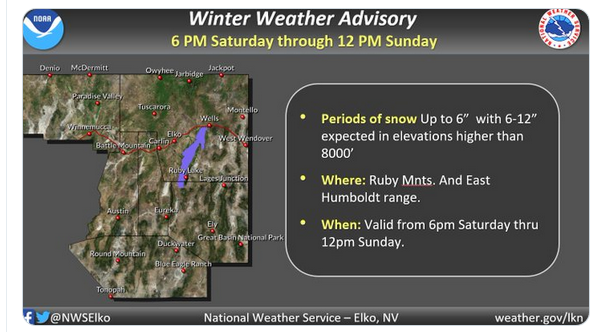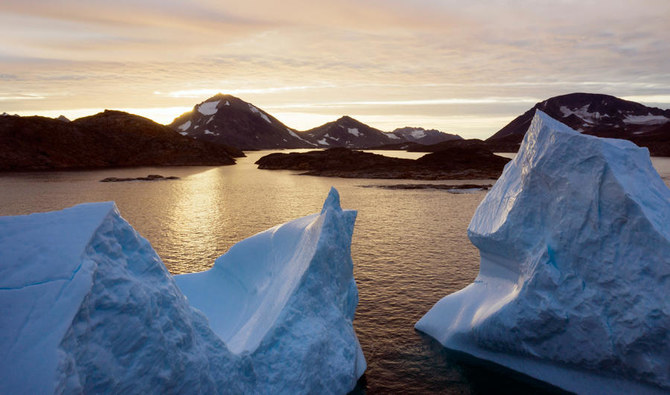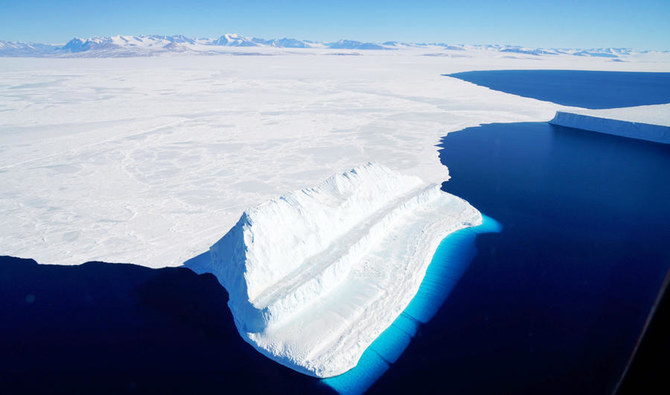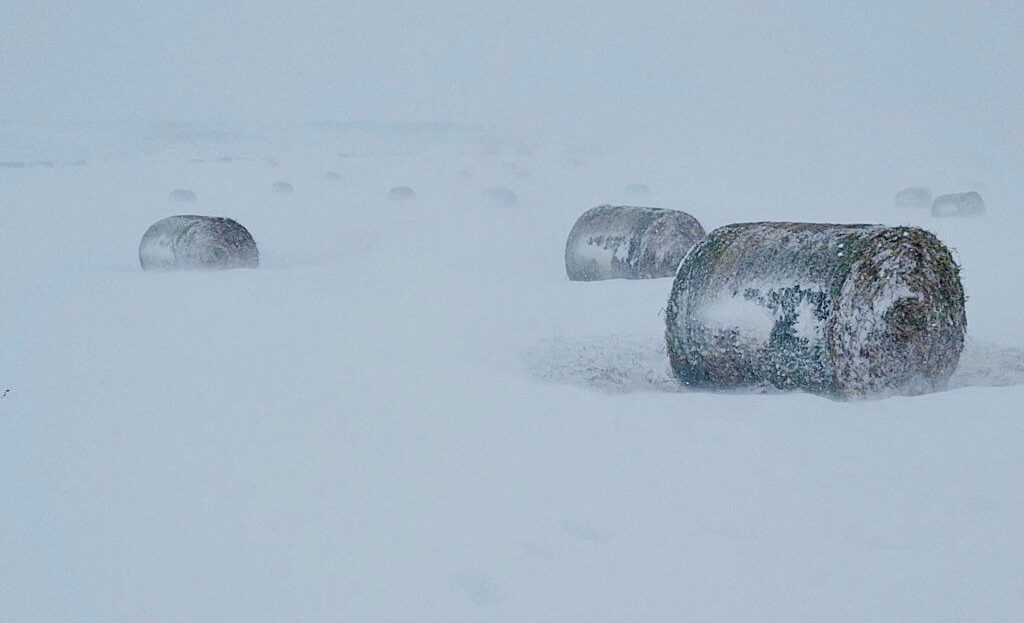JLynne
The Force is Strong With This One
This is from Tony Heller's website for today showing how local weather casts exaggerate temperatures.

"CBS news says it will be 97 degrees in Atlanta on Tuesday, but their forecast actually shows 90 degrees. And on September 24, 1931 it was 101 degrees at Covington, the closest USHCN station to Atlanta. Eleven degrees of fakery is pretty impressive!"

Record Fake Expected In Atlanta On Tuesday
CBS news says it will be 97 degrees in Atlanta on Tuesday, but their forecast actually shows 90 degrees. And on September 24, 1931 it was 101 degrees at Covington, the closest USHCN station to Atl…
realclimatescience.com
"CBS news says it will be 97 degrees in Atlanta on Tuesday, but their forecast actually shows 90 degrees. And on September 24, 1931 it was 101 degrees at Covington, the closest USHCN station to Atlanta. Eleven degrees of fakery is pretty impressive!"


